-
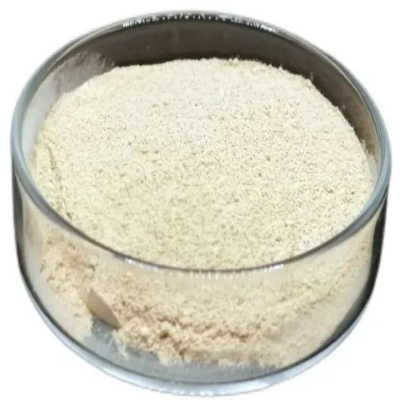
Delamanid CAS:681492-22-8
Delamanid is an antimycobacterial medication classified as a diarylquinoline derivative, primarily used in the treatment of multidrug-resistant tuberculosis (MDR-TB). It works by targeting mycobacterial ATP synthase, leading to the disruption of energy production in tuberculosis-causing bacteria. Delamanid is considered a second-line agent for MDR-TB cases where resistance to conventional first-line drugs is present. This medication is available in tablet form and is often prescribed as part of a comprehensive regimen to combat drug-resistant tuberculosis infections.
-
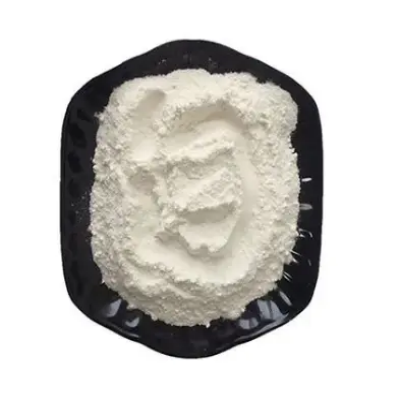
Doxycycline hydrochloride CAS:10592-13-9
Doxycycline hydrochloride is a tetracycline antibiotic commonly prescribed to treat bacterial infections. It is highly effective against a broad spectrum of Gram-positive and Gram-negative bacteria, as well as certain protozoa. Doxycycline hydrochloride works by inhibiting protein synthesis in bacteria, leading to the disruption of bacterial growth and eventual elimination. This medication is available in various forms, including capsules, tablets, and oral suspensions, for ease of administration.
-
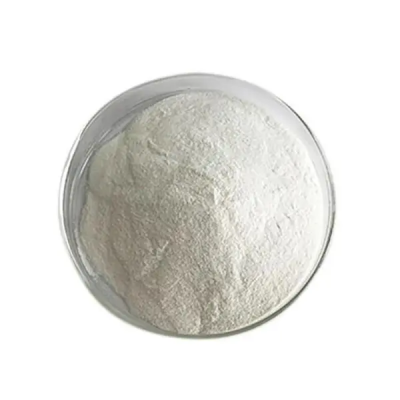
Daunorubicin hydrochloride CAS:23541-50-6
Daunorubicin hydrochloride is a chemotherapy medication classified as an anthracycline antibiotic, commonly used in the treatment of various types of cancer. It works by inhibiting DNA and RNA synthesis in cancer cells, leading to cell death. Daunorubicin hydrochloride is particularly effective against leukemia, lymphoma, and certain types of solid tumors. This medication is administered intravenously and is often used in combination with other chemotherapy drugs to enhance its anticancer effects.
-

Enduracidin hydrochloride (Enramycin) CAS:11115-82-5
Enduracidin hydrochloride, commonly known by its trade name Enramycin, is a veterinary antibiotic used in the livestock industry. It belongs to the class of lipopeptide antibiotics and is primarily effective against Gram-positive bacteria, including Clostridium perfringens. Enramycin functions by disrupting bacterial cell wall synthesis, leading to bacterial cell death. This medication is available in various formulations for oral administration to poultry and swine.
-

Danofloxacin CAS:112398-08-0
Danofloxacin is a fluoroquinolone antibiotic that exhibits broad-spectrum antimicrobial activity against both gram-positive and gram-negative bacteria. It is a synthetic derivative of nalidixic acid and is commonly used in veterinary medicine for the treatment of bacterial infections in animals. Danofloxacin works by inhibiting the enzymes responsible for DNA replication and transcription in bacteria, leading to bacterial cell death. This antibiotic is available in various formulations such as oral tablets, injectable solutions, and oral suspensions for convenient administration to animals.
-
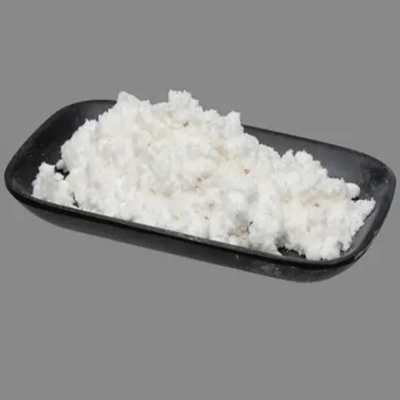
Danofloxacin mesylate CAS:119478-55-6
Danofloxacin mesylate is a veterinary antibiotic belonging to the fluoroquinolone class of drugs. It is a potent antimicrobial agent primarily used in the treatment of bacterial infections in animals. Danofloxacin mesylate is known for its broad spectrum of activity against both Gram-positive and Gram-negative bacteria. It works by inhibiting bacterial DNA gyrase, leading to the disruption of DNA replication and subsequent bacterial cell death. This medication is available in various formulations such as injectables, oral solutions, and tablets for easy administration in veterinary practice.
-

Copper Gluconate CAS:527-09-3
Copper gluconate is a mineral supplement that provides a bioavailable form of copper, an essential trace element that plays a key role in various physiological processes. This compound is commonly used in dietary supplements and pharmaceuticals to support overall health and well-being. With its excellent bioavailability and stability, copper gluconate offers an effective way to ensure adequate copper intake for individuals with dietary deficiencies or specific health needs.
-
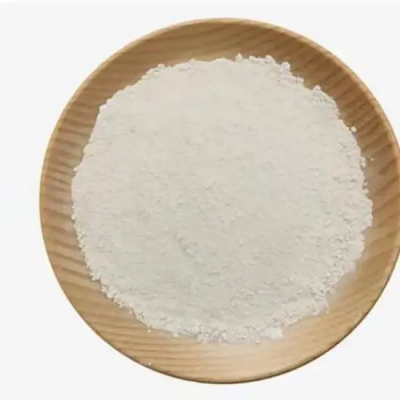
D-Cycloserine CAS:68-41-7
D-Cycloserine is an antibiotic medication that belongs to the class of drugs known as cyclic amino acids. It is structurally similar to the amino acid D-alanine and acts as a competitive inhibitor of enzymes involved in cell wall biosynthesis in bacteria. D-Cycloserine is primarily used in the treatment of tuberculosis, specifically for multidrug-resistant strains or cases where other medications have failed. This antibiotic can be administered orally and is often used in combination with other anti-tuberculosis drugs to improve treatment outcomes.
-
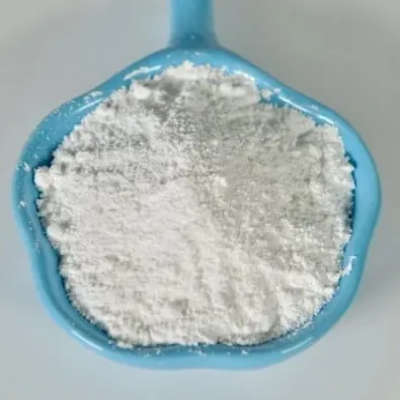
Doripenem hydrate CAS:364622-82-2
Doripenem hydrate is a formulation of the broad-spectrum carbapenem antibiotic doripenem combined with water molecules. It belongs to the beta-lactam class of antibiotics and is structurally similar to imipenem and meropenem. Doripenem hydrate is used in healthcare settings for the treatment of various severe bacterial infections due to its potent activity against both Gram-positive and Gram-negative bacteria. This medication works by inhibiting bacterial cell wall synthesis, leading to bacterial cell death.
-
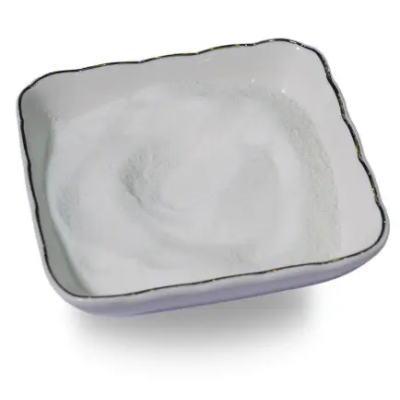
Daptomycin CAS:103060-53-3
Daptomycin is an antibiotic medication belonging to the lipopeptide class, known for its bactericidal activity against a variety of Gram-positive bacteria. It works by disrupting bacterial cell membrane function, leading to cell death. Daptomycin is commonly used in the treatment of complicated skin and soft tissue infections caused by susceptible organisms, as well as bloodstream infections like bacteremia and infective endocarditis. This antibiotic is available in injectable form and is often prescribed in hospital settings for severe infections where other antibiotics may be less effective due to resistance or allergies.
-
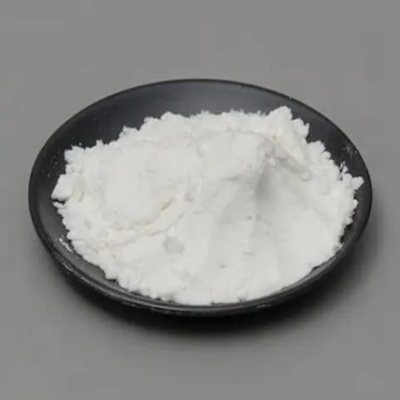
Dicloxacillin sodium monohydrate CAS:13412-64-1
Dicloxacillin sodium monohydrate is a semisynthetic penicillin antibiotic commonly used to treat bacterial infections. It belongs to the class of beta-lactam antibiotics and is known for its activity against certain Gram-positive bacteria, particularly Staphylococcus species. Dicloxacillin works by inhibiting bacterial cell wall synthesis, leading to the disruption of bacterial growth and eventual cell death. This medication is available in various formulations such as capsules and oral suspensions for convenient administration in clinical practice.
-
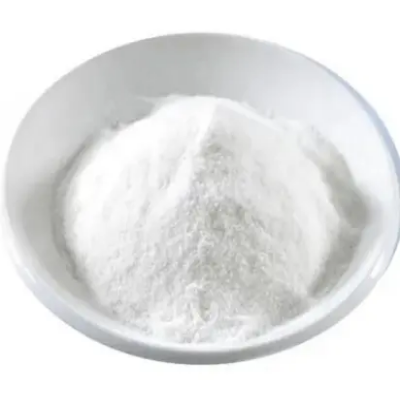
Cloxacillin sodium salt CAS:642-78-4
Cloxacillin sodium salt is a semi-synthetic antibiotic that belongs to the penicillin group. It is derived from penicillin V and is known for its bactericidal activity against a wide range of gram-positive bacteria. Cloxacillin sodium salt is commonly used in the treatment of various bacterial infections, including skin and soft tissue infections, respiratory tract infections, and bone infections. It works by inhibiting the synthesis of bacterial cell walls, leading to bacterial cell death. This antibiotic is available in different forms such as capsules, tablets, and injections for oral or parenteral administration.

